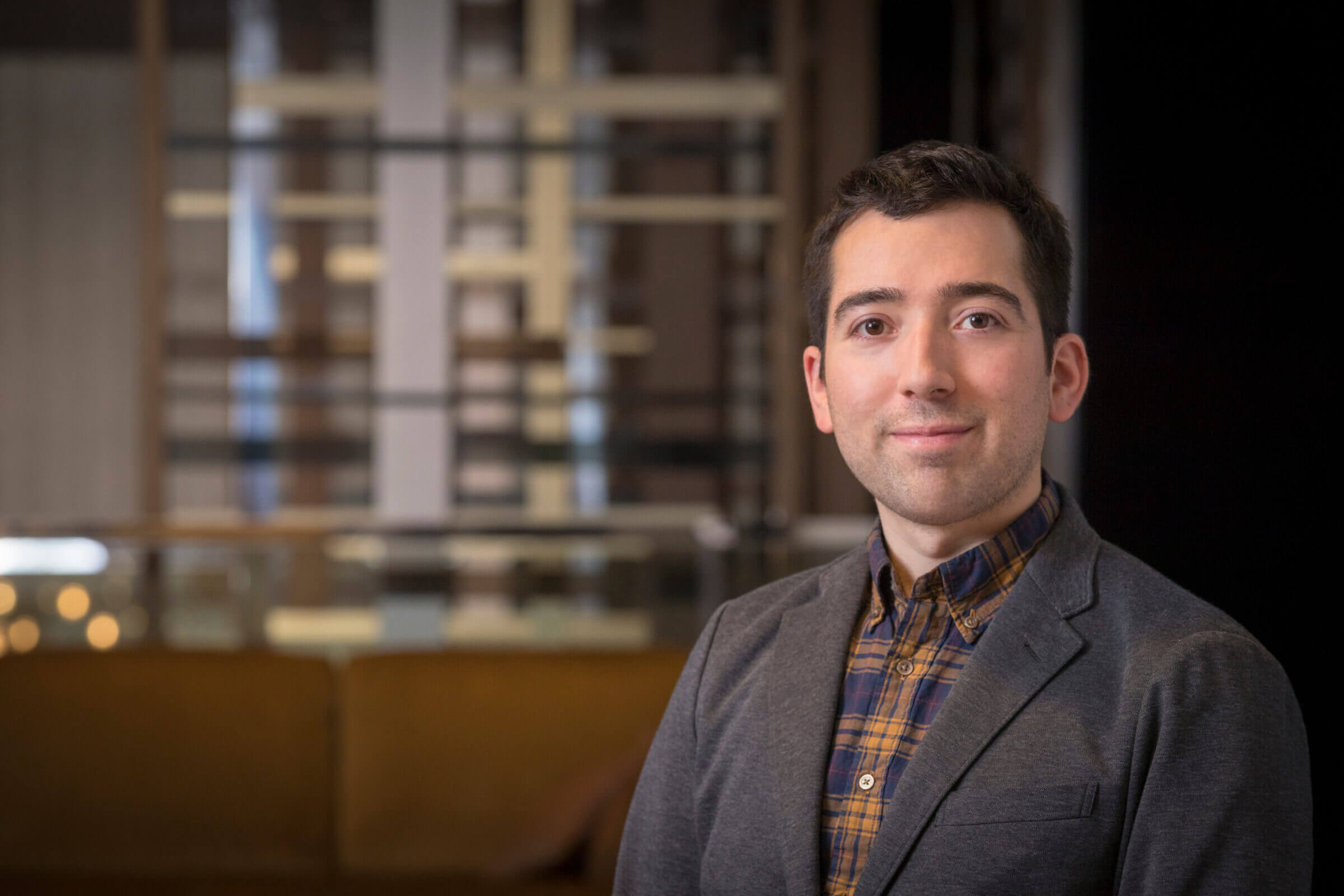Recently, Kristin Fisher at CNN published, “Satellite Pollution is Threatening to Alter Our View of the Night Sky” describing the phenomenon that 1 out of every 15 points of light in the night sky in less than a decade will be a moving satellite. CRTKL’s Orlando Orozco, Associate in the Digital Transformation Group and astrophotographer, responds to it below.
Time is slipping away as the new space race intensifies. As stated in Fisher’s article, SpaceX is launching approximately 50 new Starlink satellites weekly; however, that number will balloon in scale once their highly anticipated Starship begins operations with its vast payload capabilities. Further stated in this piece, Starlink is proving invaluable to civilians caught in the current human-made conflict dominating our headlines. The unbridled connection through Starlink reinforces its value since it cannot be interfered with by certain actors.
Meanwhile, according to The Science Times, China has announced that it will incorporate a co-orbiting space telescope to follow its planned space station called the Xuntian “Survey to Heavens,” which will surpass the capabilities of the now-aging Hubble Space Telescope. With their vast resources, competing agencies can bypass the clutter of Low Earth Orbit, but this means that unobstructed views of deep space and the night sky are increasingly available to fewer people.
Implied in the CNN article, regulators are asleep at the wheel. Only once the mega-constellations deploy will they seemingly take a reactive approach, and very little would be possible to rectify their visibility. I hope that as these orbiting networks become more established and indispensable to our society, their makers will continue to offer concessions to astronomers and lessen their visual impact as SpaceX is attempting with their integrated deployable visors. In the meantime, my goal is to take advantage of the night skies to keep conducting astrophotography and hopefully increase awareness of the challenges hobbyists like myself and scientists are likely to continue facing.
 Orlando Orozco
Orlando Orozco